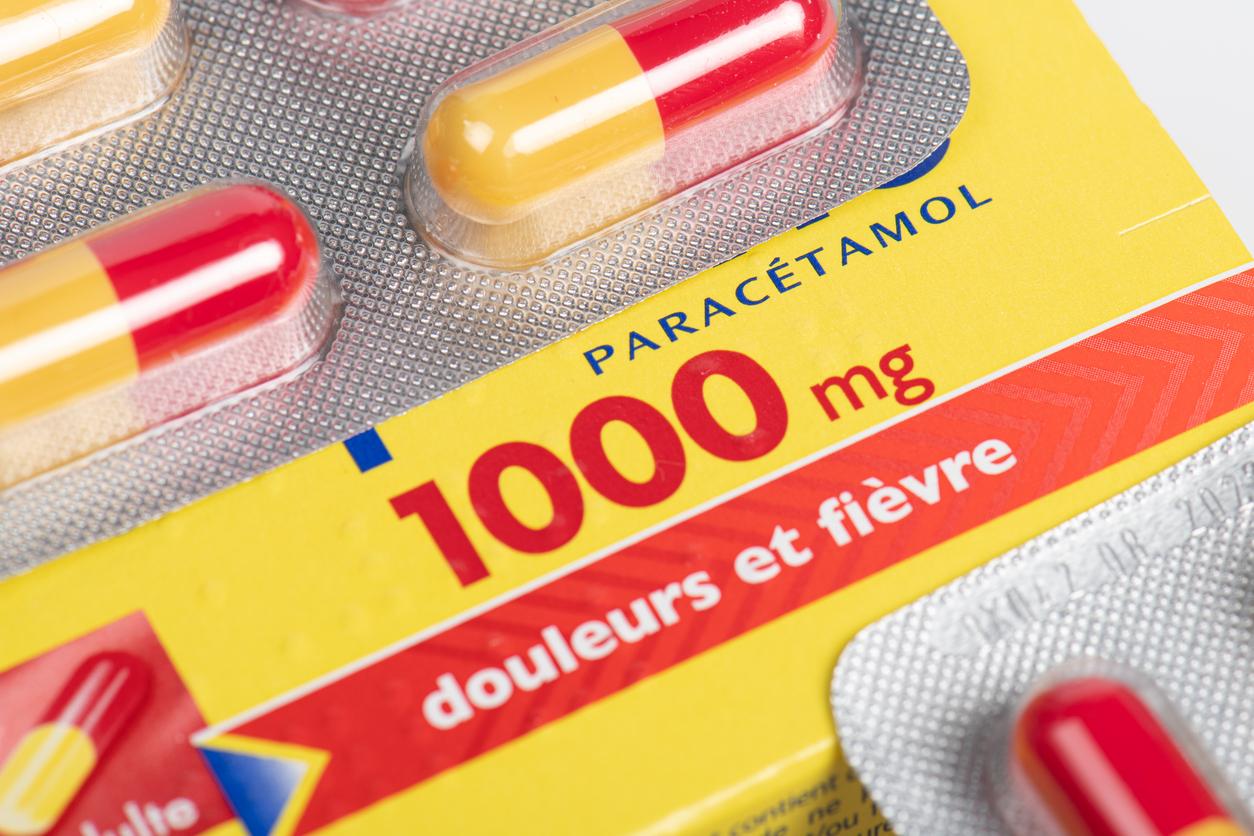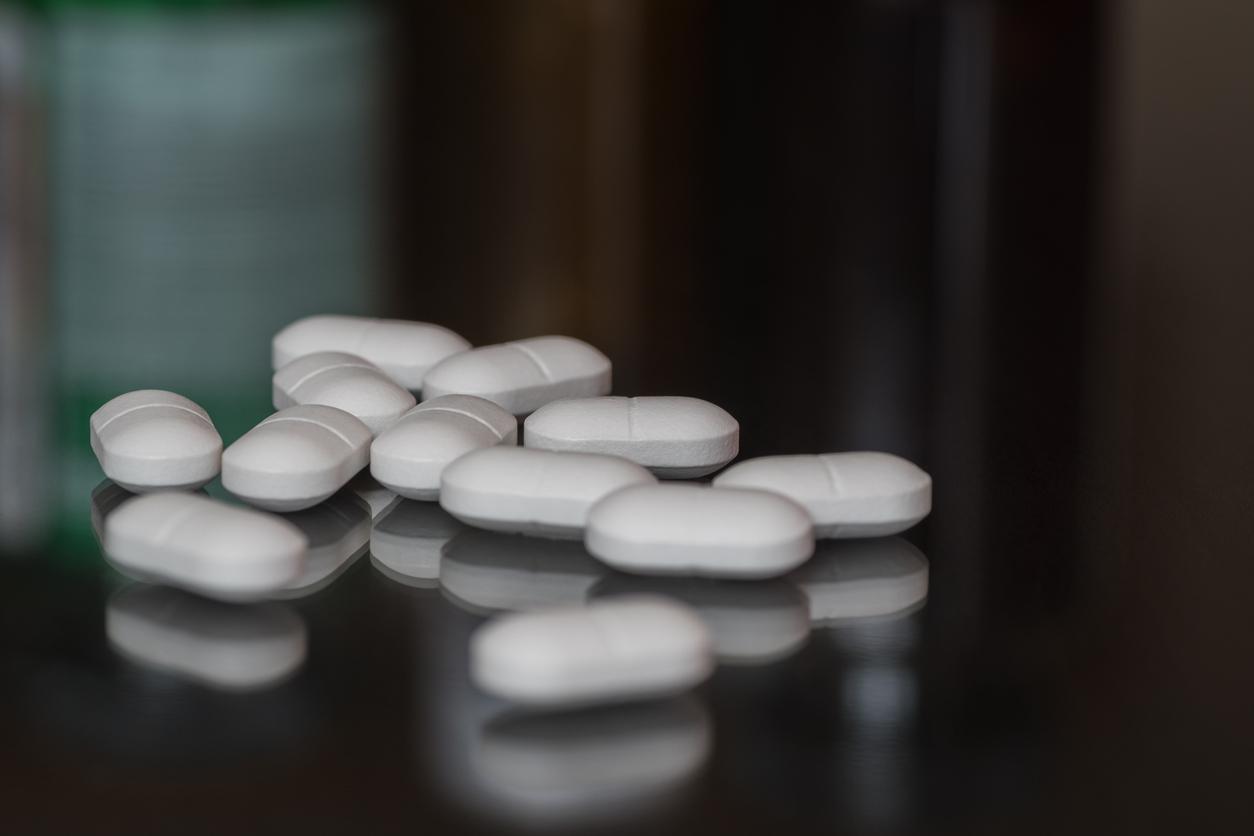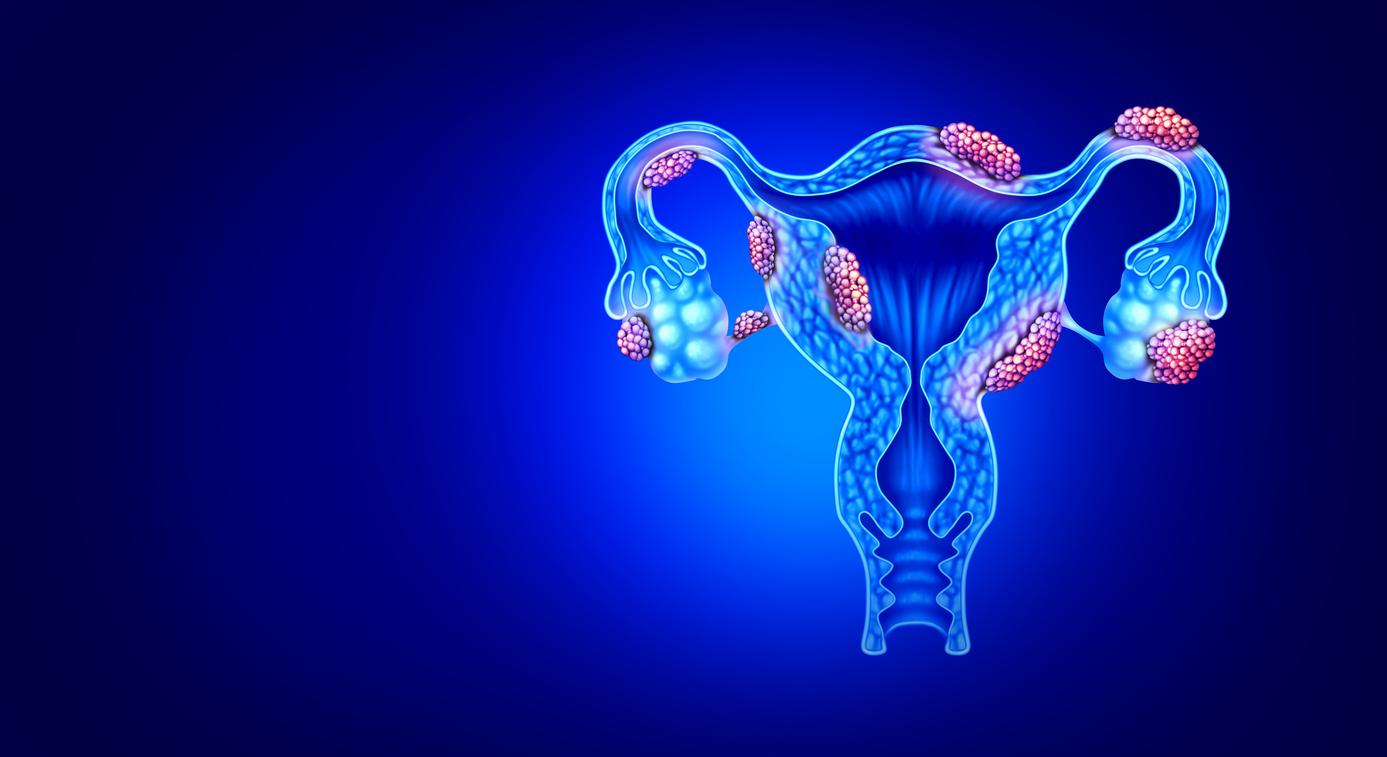This analgesic, whose sales increased by 30% in 2011, is said to be the subject of overdoses and is sometimes misused.

Involved last year in a dozen cases of overdose and in seven suicides among drug addicts addicted to this molecule, Tramadol is the subject of many questions. This step two analgesic belongs to the same class as Dextropropoxyphene, the active ingredient in Di-Antalvic. This drug was banned last June because of proven side effects. Many patients with moderate to severe pain then had to switch to stronger treatments, including Tramadol. This is why the Medicines Agency (Afssaps) had put him under surveillance since the withdrawal of Di-Antalvic. The risks associated with this opium derivative have been known for a long time. . So why such a fuss today?
Gisele Pickering, clinical pharmacologist at Clermont Ferrand University Hospital: “it’s a bit like the Boomerang effect of Dextropropoxyphene.”
Another reason, sales of Tramadol increased by 30% in 2011 to reach 12 million boxes sold in France. This mass of new patients not always requiring such shock treatment mechanically increased the number of recorded incidents. Pharmacologists, like Gisèle Pickering, insist on the fact “not to trivialize Tramadol. It is a weak opiate which is not harmless” she specifies. Its side effects, nausea, vomiting, and hallucinations, depend on the dosage. This painkiller also requires going through a withdrawal phase, and therefore a gradual reduction in doses, failing which the patient risks a “rebound of anxiety” accompanied by a feeling of withdrawal. To minimize these effects, it is generally recommended to offer combinations, for example, with lighter analgesics such as paracetamol. Today, the withdrawal of this molecule is not considered. . With two representatives of level two analgesics less, pain specialists would begin to find themselves unable to fight against a number of moderate to severe chronic pain.
Gisèle Pickering: “we can be a little more strict in the prescription of the drug.”
.















